Schaper Manufacturing Company was a board game manufacturer from the 1940s to the 1980s. While the company was most famous for being the original creator of Cootie, one of their other popular board games was the game Stadium Checkers. Over the years Stadium Checkers has been somewhat forgotten due to not being manufactured between the 1970s and 2004 when the game was renamed Roller Bowl. Being a family game from the 1950s I didn’t have high expectations for the game. While it is not a great game, I will admit that Stadium Checkers was better than I was expecting.
How to Play
Setup
Each player chooses a color and takes five marbles of that color. The players place one marble in each spot on the outer ring on their side of the gameboard.
Playing the Game
On a player’s turn they are able to turn one of the rings. Before the player starts turning a ring they have to tell the other players what their move is going to be. The player can basically make one of two moves. They can either move one of their marbles to a pocket or move a pocket to one of their marbles. After the marble falls to the next ring, the player’s turn immediately ends and they can’t turn the ring anymore. While turning a ring the player has to turn it slow enough that all marbles that are supposed to fall are given the opportunity to do so.
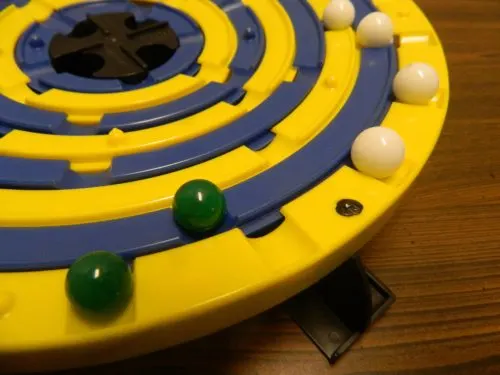
If the green player wants to move the green marble to the gap in the yellow ring to the right the player has two options. The first option is to turn the blue ring that the marble is on towards the yellow gap. The player can also move the yellow gap to the marble.
When a marble reaches the center of the gameboard it will fall into one of the four holes. If the marble falls into the hole on its’ own side of the board, the marble is safe. If the marble falls into one of the other holes, the marble is returned to one of the starting spaces for that colored marble.
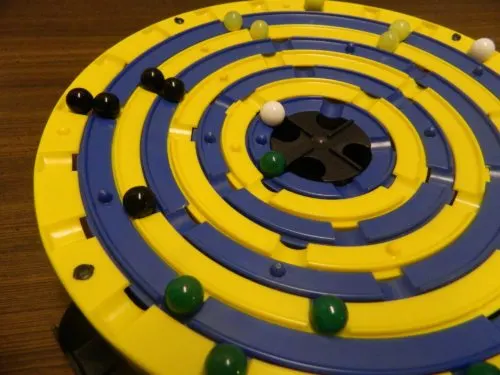
There are two marbles that are about to fall into holes in the center of the board. The green marble is going to fall into the right hole and will be safe. The white marble is going to fall into the black player’s hole and thus will be returned to the start.
Winning the Game
The first player to get all five of their marbles into their own hole in the center of the board wins the game.
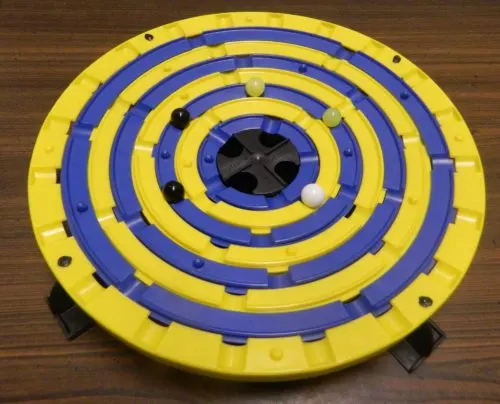
The green player has gotten all of their marbles to the center of the gameboard on their side of the board. The green player has won the game.
My Thoughts
When you first look at Stadium Checkers you don’t see a lot of strategy in the game. It just looks like a game where you spin the rings dropping marbles until someone eventually wins the game. It turns out that there is actually quite a bit more strategy to the game than that though. You might think that the game has a lot of luck but it doesn’t have as much as you would think as long as you plan out your moves. While players can have quite a bit of impact on other players, the player with the best strategy has a pretty big advantage in the game.
Basically I look at Stadium Checkers as an abstract/spatial strategy game. In order to do well in Stadium Checkers you really need to pay attention to the layout of the board. Basically you need to try and make at least two of your marbles drop one ring every turn. Instead of just turning a ring you should look to see how you can turn the ring to have multiple of your marbles fall during your turn. If you instead just focus on one marble, you can fall behind quickly.
While moving the rings you also need to keep track of the other players’ marbles. It doesn’t matter how much you help yourself if you end up helping one of your opponents even more. While you have quite a bit of impact on your own fate in the game, you also have a lot of impact on the other players. If you aren’t careful you can help out the other players more than you help yourself with a move. This means that you can also really mess with the other players. A player could get one of their marbles all of the way to the end and you can then push that marble into one of the other holes sending that marble all of the way back to the start.
With all of this talk of strategy you might think that Stadium Checkers is a somewhat challenging game? While the game has the possibility for a surprising amount of strategy, it is far from a difficult game. Basically you just turn a ring and your turn is over. The game is simple enough that young children should be able to play the game. Stadium Checkers is one of those games where you can just play and see who wins or the players could be really competitive and put a lot of thought into their moves.
I think one of Stadium Checker’s greatest strengths is that the game seems to create a very close ending. In the game I played two players got out to an early lead but the other players starting catching up by the end of the game. Speaking of the end of the game, it couldn’t have been any closer. One player ended up winning the game by a fraction of an inch as the player who ended up in second had their marble sitting on the edge of their goal when the other player won. I love when board games create close endings and I believe that Stadium Checkers will regularly lead to very close endings.
Stadium Checkers has quite a bit going for it but its’ biggest problem is that it is just kind of boring. Stadium Checkers is just not a game that I am going to regularly want to play. There is nothing particularly wrong with the game but there is nothing about the game that makes you want to immediately play it again. Stadium Checkers is just a very average game. You could do a lot worse than Stadium Checkers but you can also do better.
Another problem with Stadium Checkers is the fact that there is a kingmaker issue in the game. Since players can have a pretty big impact on other players in the game, a player that can’t win the game themselves will likely decide the ultimate winner of the game. This will definitely be the case if you play using the rule where you can move any ring even if it doesn’t impact one of your marbles. This is why I would recommend using the rule where you have to move a ring that will move one of your marbles. Otherwise you could just keep using your turn to mess with the other players. I have never liked when board games allow one player to ultimately decide who is going to win the game. I think a player should win based on their own choices.
Overall the components for Stadium Checkers are very average. The gameboard is dull and made of cheap plastic. The biggest problem with the gameboard is the fact that marbles tend to get stuck from time to time and need a little nudge in order to fall to the next ring. A lot of these problems can be attributed to the game’s age though and for a game its’ age some of these problems can be forgiven.
Final Verdict
With it being a family game from the 1950s I didn’t have high expectations for Stadium Checkers. I thought it was going to be another family game that relied quite a bit on luck while having next to no strategy. I was pleasantly surprised that the game actually has a lot more strategy than I was expecting. While players have a lot of impact on the other players’ fates, a good strategy is important to winning the game. Stadium Checkers is one of those games where you can put as much strategy/thought as you want into it. Stadium Checker’s two biggest problems is that one player will regularly get to play kingmaker and that the game is just kind of boring.
If you don’t really care for abstract strategy games, Stadium Checkers is probably not going to be for you. If you like abstract strategy games though and don’t mind that the game is a little on the dull side, I think you will enjoy Stadium Checkers.
Stadium Checkers (1952), Stadium Checkers (1973)
, Stadium Checkers (1976)
, Roller Bowl

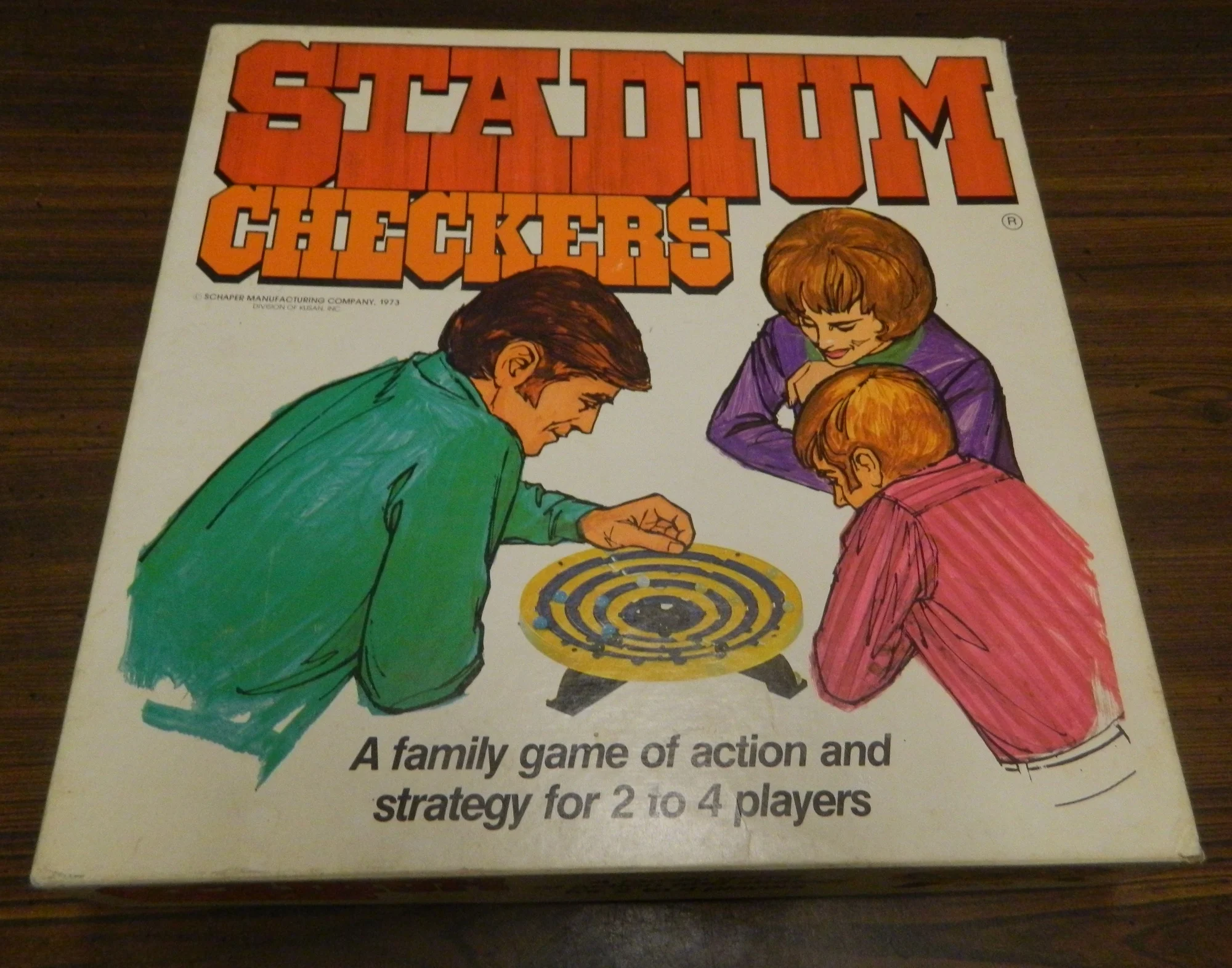
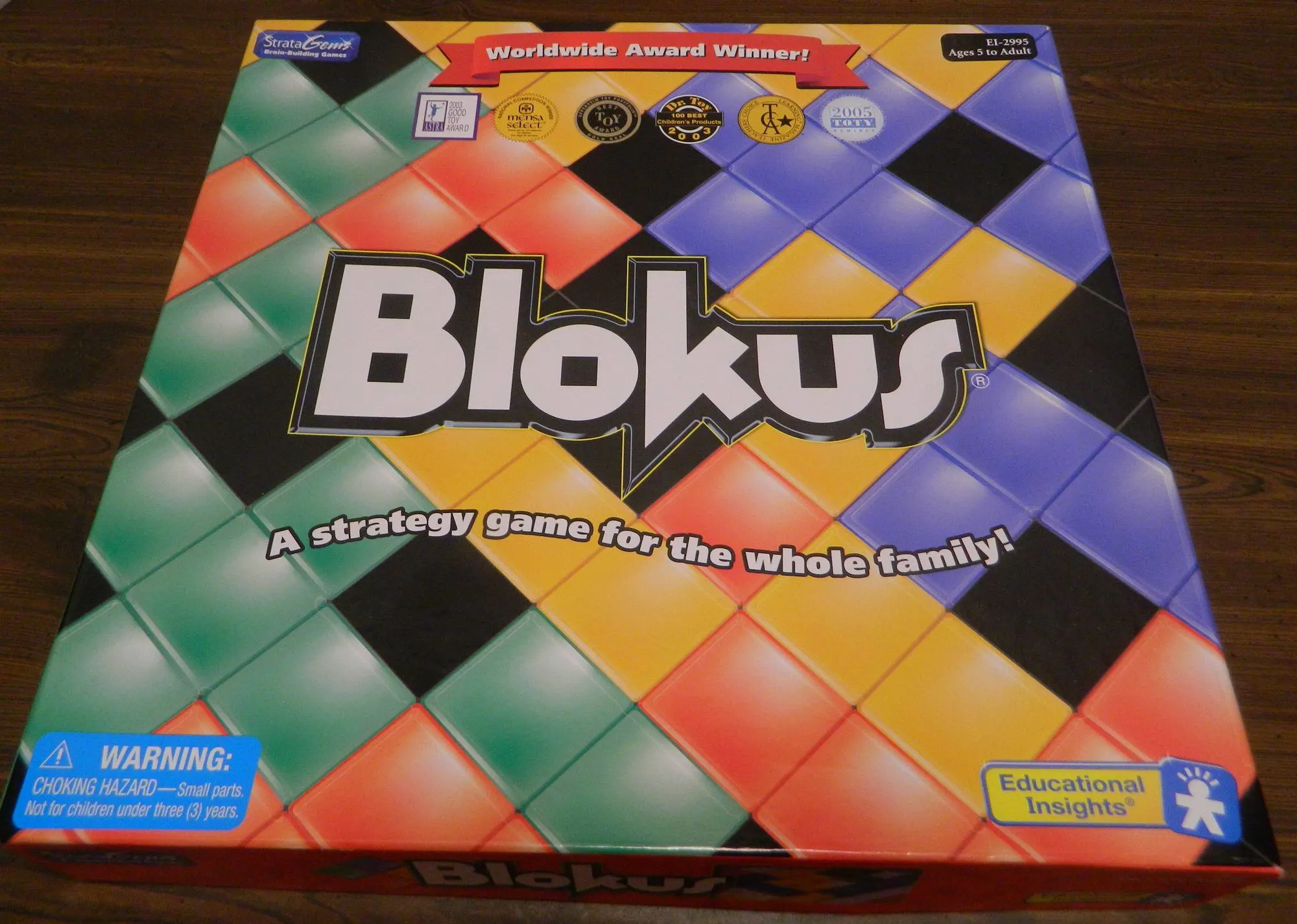
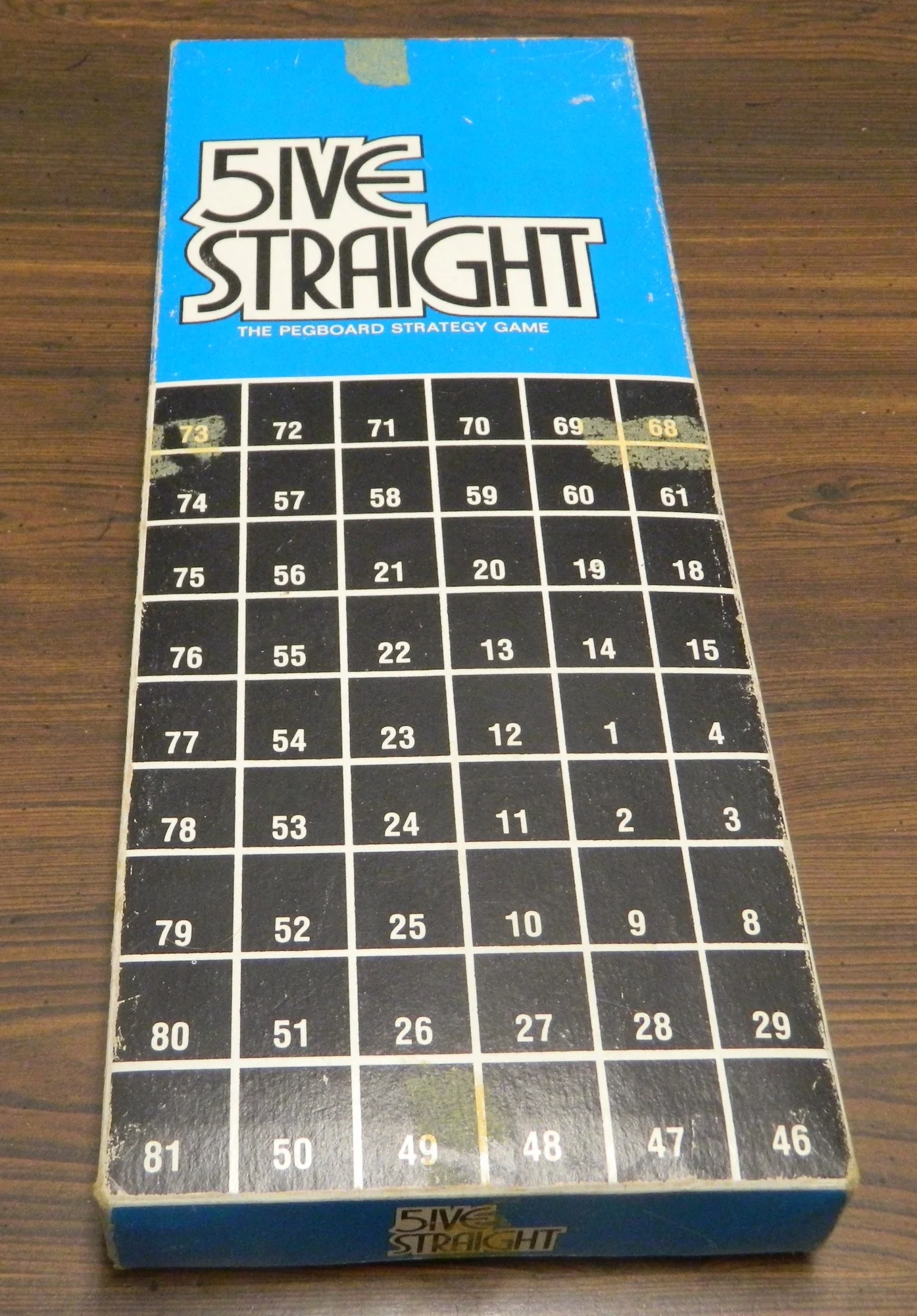
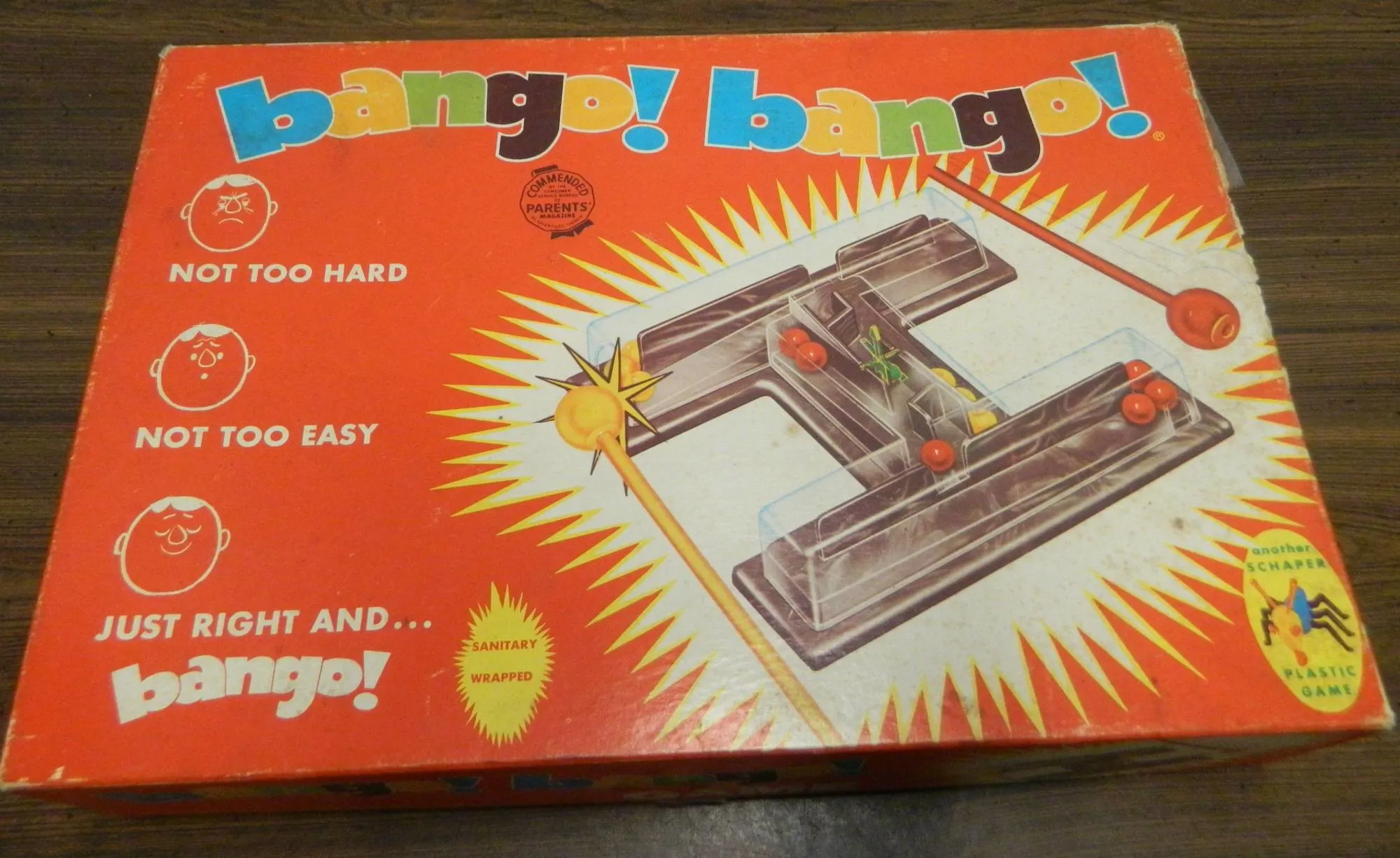
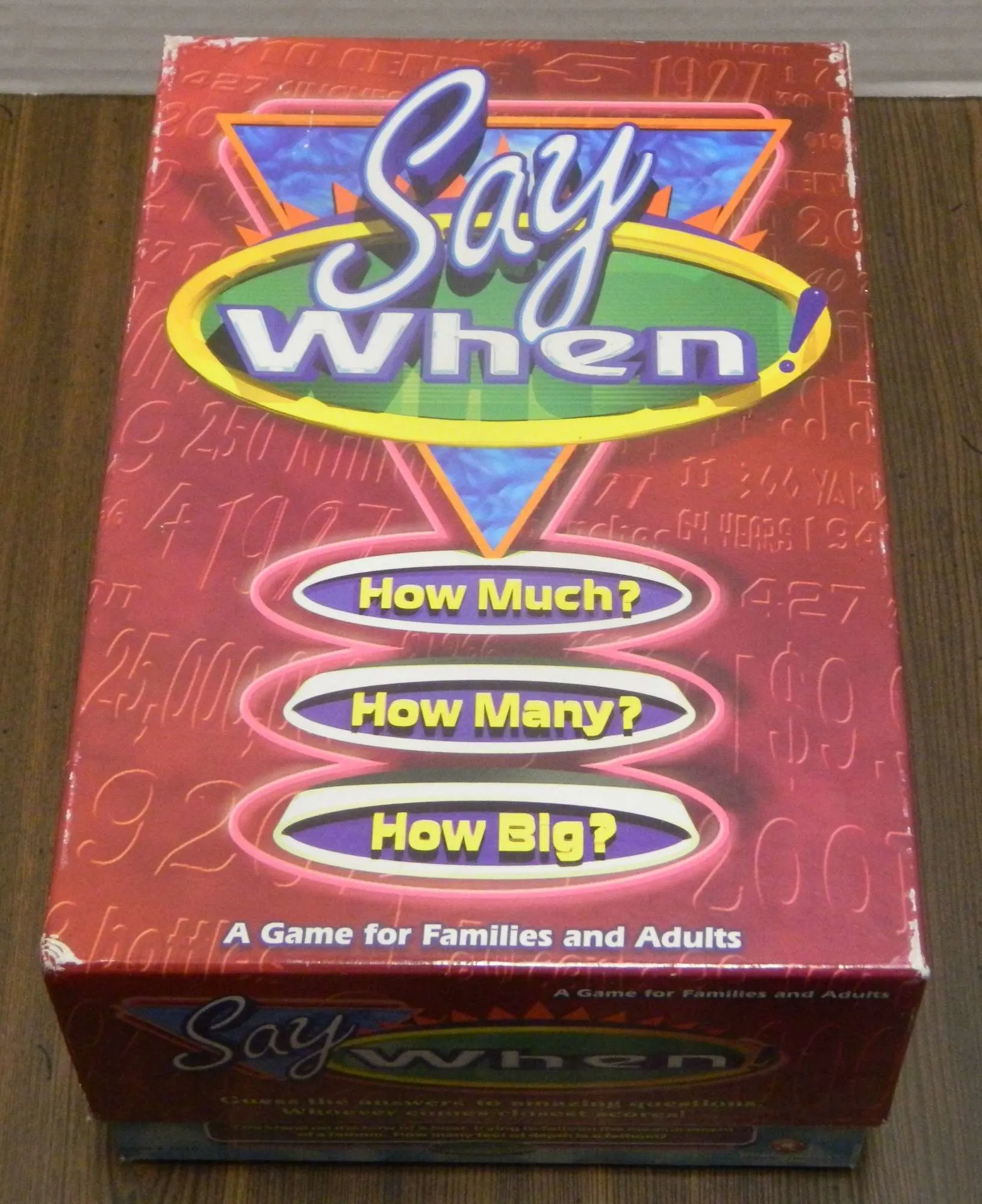
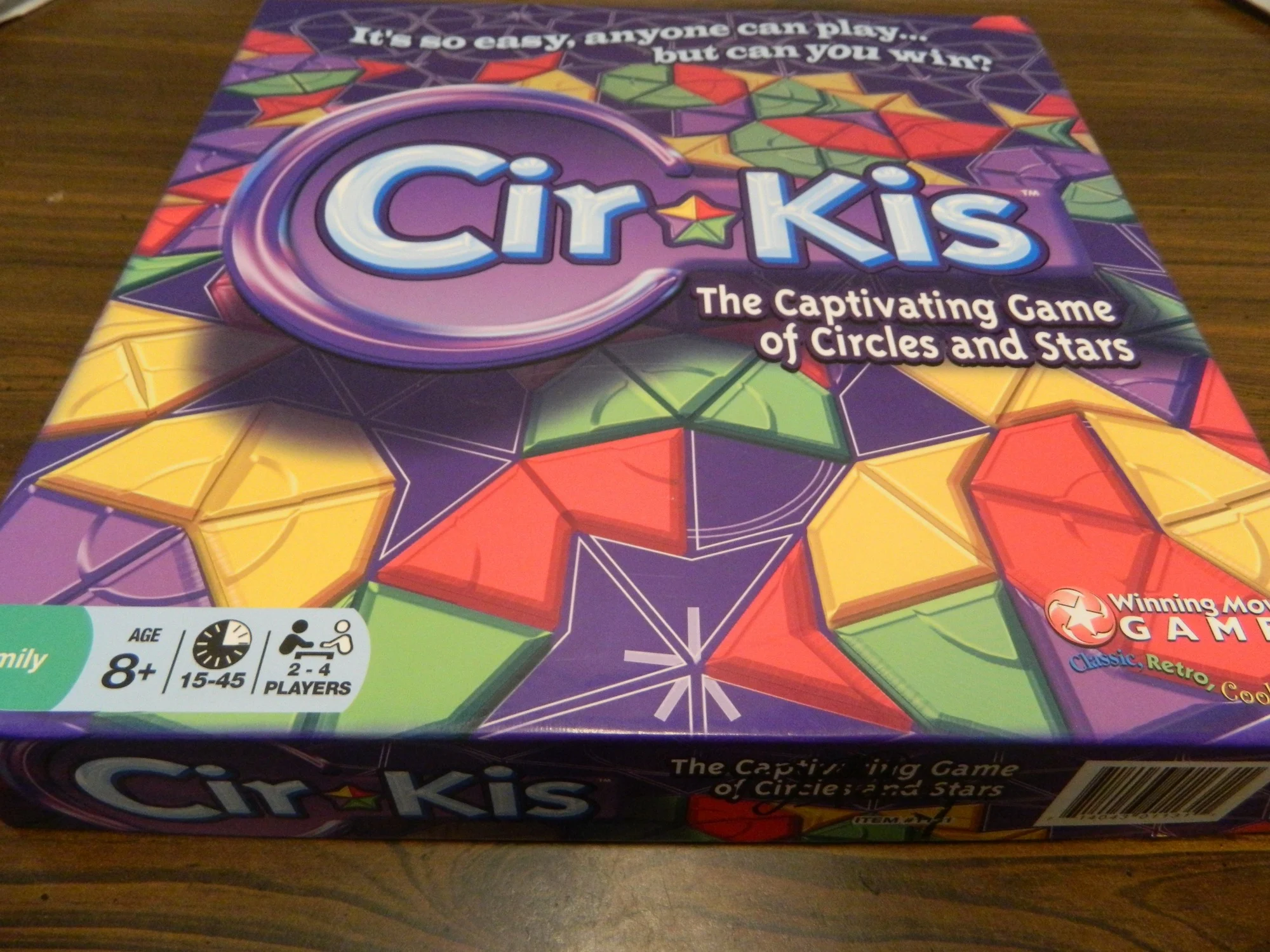
Dianne
Monday 25th of November 2019
Stadium checkers rules Debate here hopefully you know the answer Say person with blue marble wants to put his marble in the ring below spaces on both slots on the ring below him are taken by another players marble can blue marble player skip past another’s player marble in a slot to got to the next empty slot or do you have to have an available empty slot to go in without going past an occupied slot to get to an empty one
Eric Mortensen
Tuesday 26th of November 2019
I am not exactly sure what you are asking.
I am guessing that you are asking about what can you do if your opponent's marbles are in the two slots in the second ring from the outside basically blocking the entrances for your marbles. In this case you can turn the second ring in order to open up a slot for your marbles from the entrance to fall into the second ring. At no time in the game can your marbles skip over another marble. To move down a ring you either have to move the ring that the marble is on or the next ring until your chosen marble rolls to the next ring.
If this was not what you were asking I apologize. If you can further clarify your question I will try to help as much as I can.